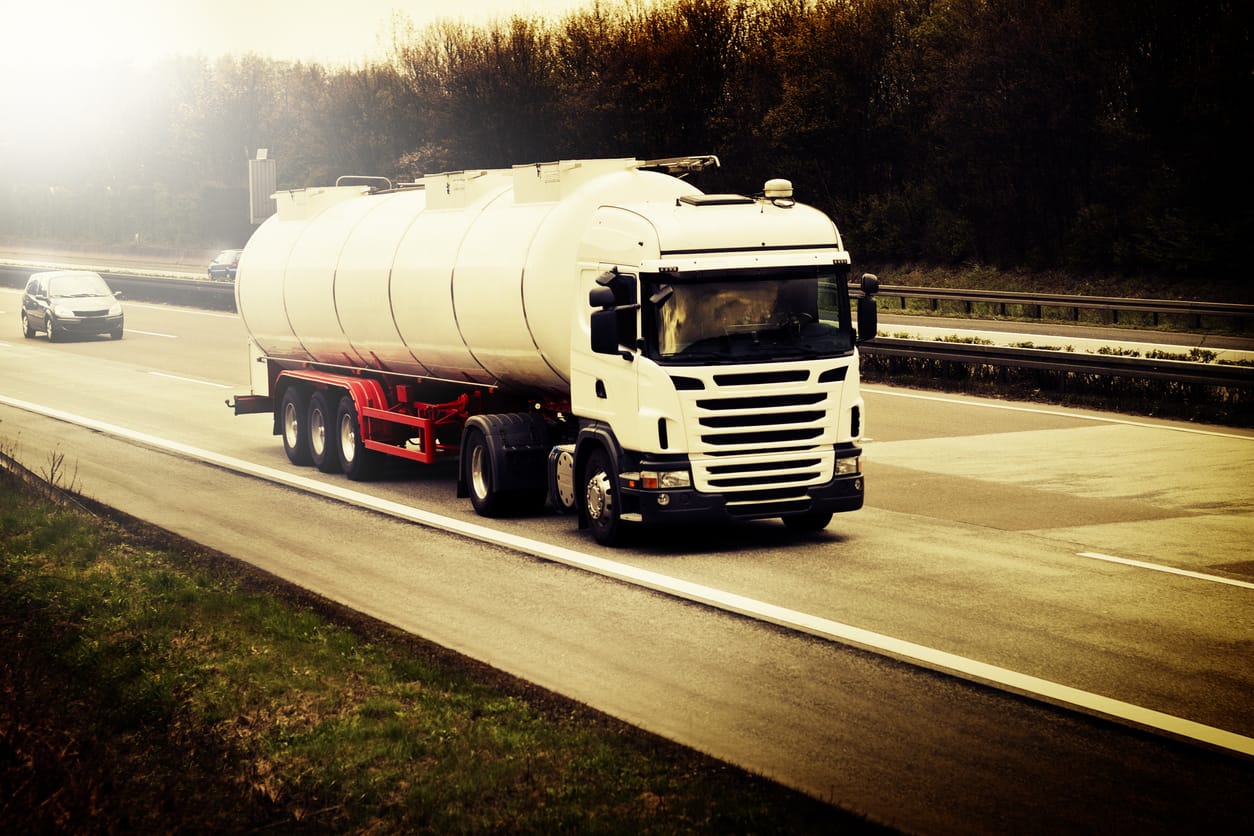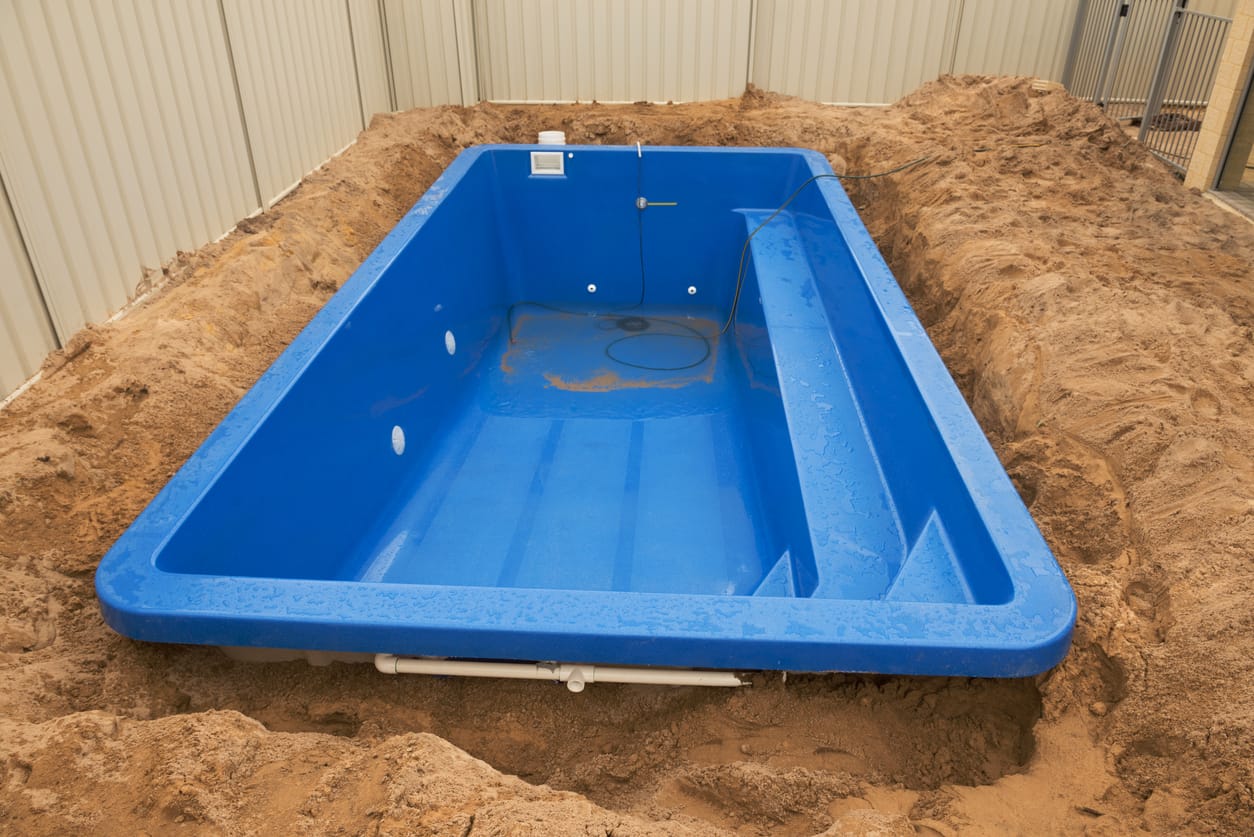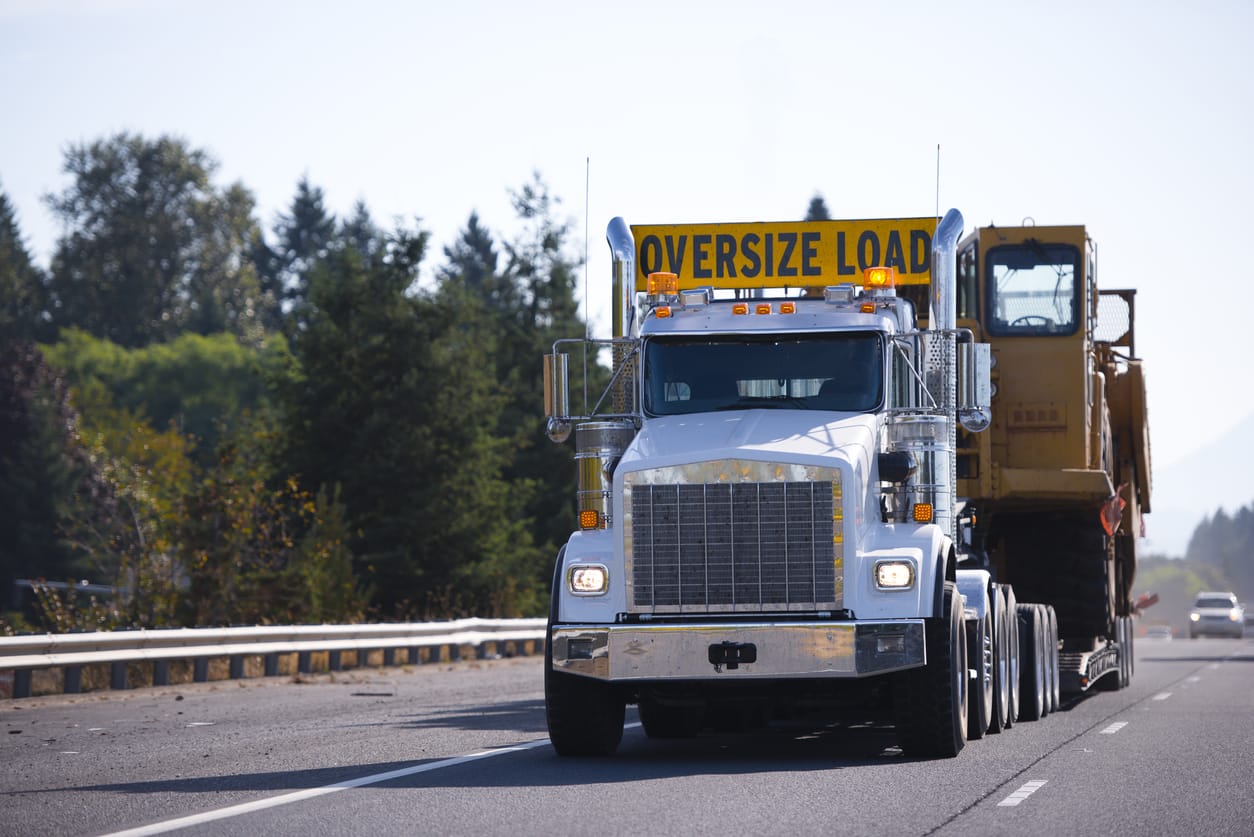Silos are tall, cylindrical structures that are commonly used in various industries for the storage of bulk materials such as grains, cement, and chemicals. These structures are essential for ensuring that the materials are kept safe and secure, and they are widely used in agriculture, construction, and manufacturing.
One of the key challenges involved in the use of silos is their transportation. Due to their large size and weight, it can be difficult to move silos from one location to another. This is especially true when it comes to transporting them over long distances or across rough terrain.
Despite these challenges, the importance of silos in various industries cannot be overstated. They play a critical role in ensuring that materials are stored safely and efficiently, and they help to ensure that businesses can operate smoothly and efficiently.
In the following sections, we will take a closer look at the different types of silos and the challenges involved in transporting them, and how to transport them safely with ease.
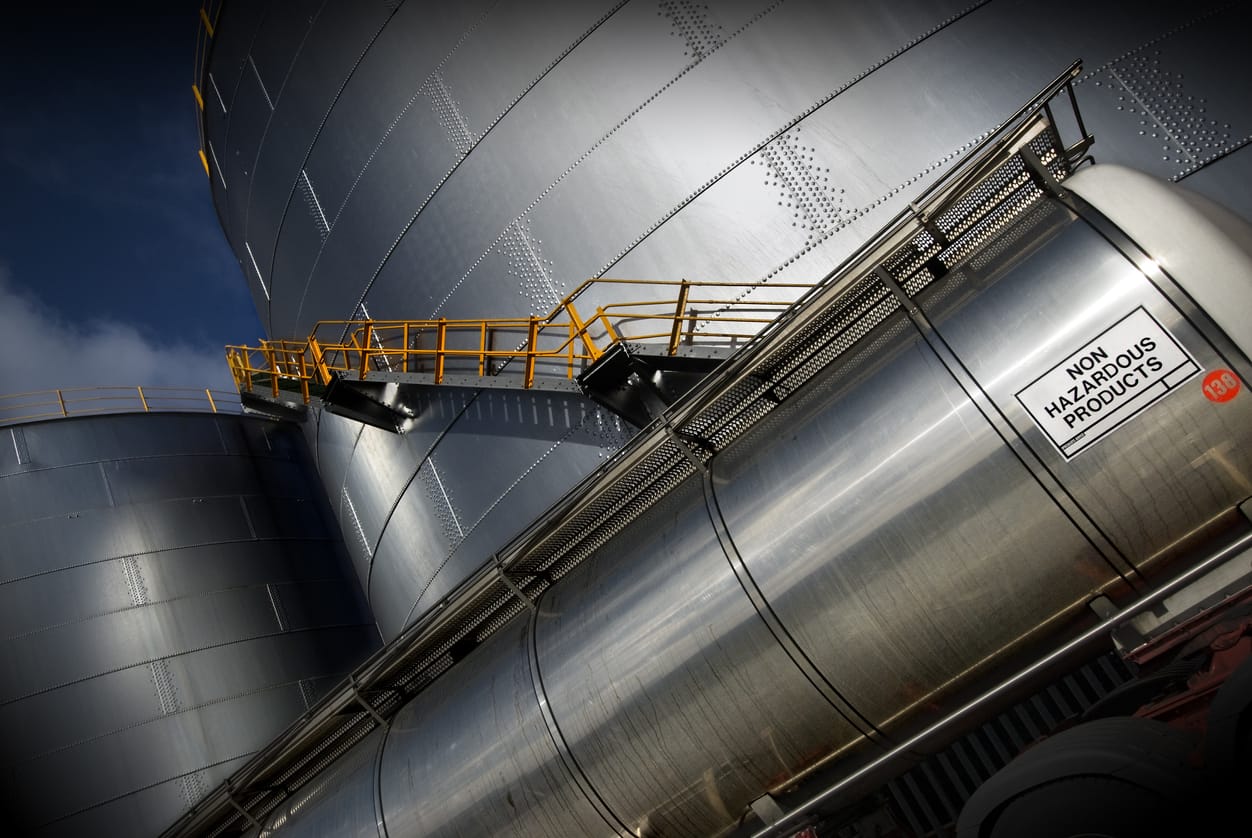
Transporting a silo is no easy feat. It requires careful planning, preparation, and execution to ensure that the structure arrives at its destination safely and without incident. In this section, we will take a closer look at the steps involved in preparing for the transport of a silo.
The first step in preparing for the transport of a silo is to conduct a thorough inspection of the structure. This includes checking for any cracks, corrosion, or other signs of damage that could affect the safety and stability of the silo during transport. Any issues that are identified must be addressed before the silo is moved.
Once the silo has been inspected and deemed safe for transport, the next step is to secure the necessary permits and clearances. Depending on the size of the silo and the route it will be taking, there may be specific permits and clearances required by local or state authorities. Failure to obtain these permits could result in fines or other legal consequences.
After the necessary permits and clearances have been obtained, the next step is to select the appropriate transport vehicle and equipment. This may include a flatbed trailer, a specialized transport vehicle, or other equipment designed specifically for moving silos. The selection of the right equipment will depend on the size and weight of the silo, as well as the distance it will need to be transported.
Once the transport vehicle and equipment have been selected, the next step is to plan the route and ensure there are no obstacles in the way. This may involve surveying the route to identify any potential hazards or obstacles, such as low bridges, narrow roads, or other structures that could impede the safe transport of the silo. If any obstacles are identified, alternative routes may need to be considered.
So, preparing for the transport of a silo requires a comprehensive and detailed approach. By conducting a thorough inspection, securing the necessary permits and clearances, selecting the appropriate transport vehicle and equipment, and planning the route, businesses can ensure that their silos are transported safely and without incident.
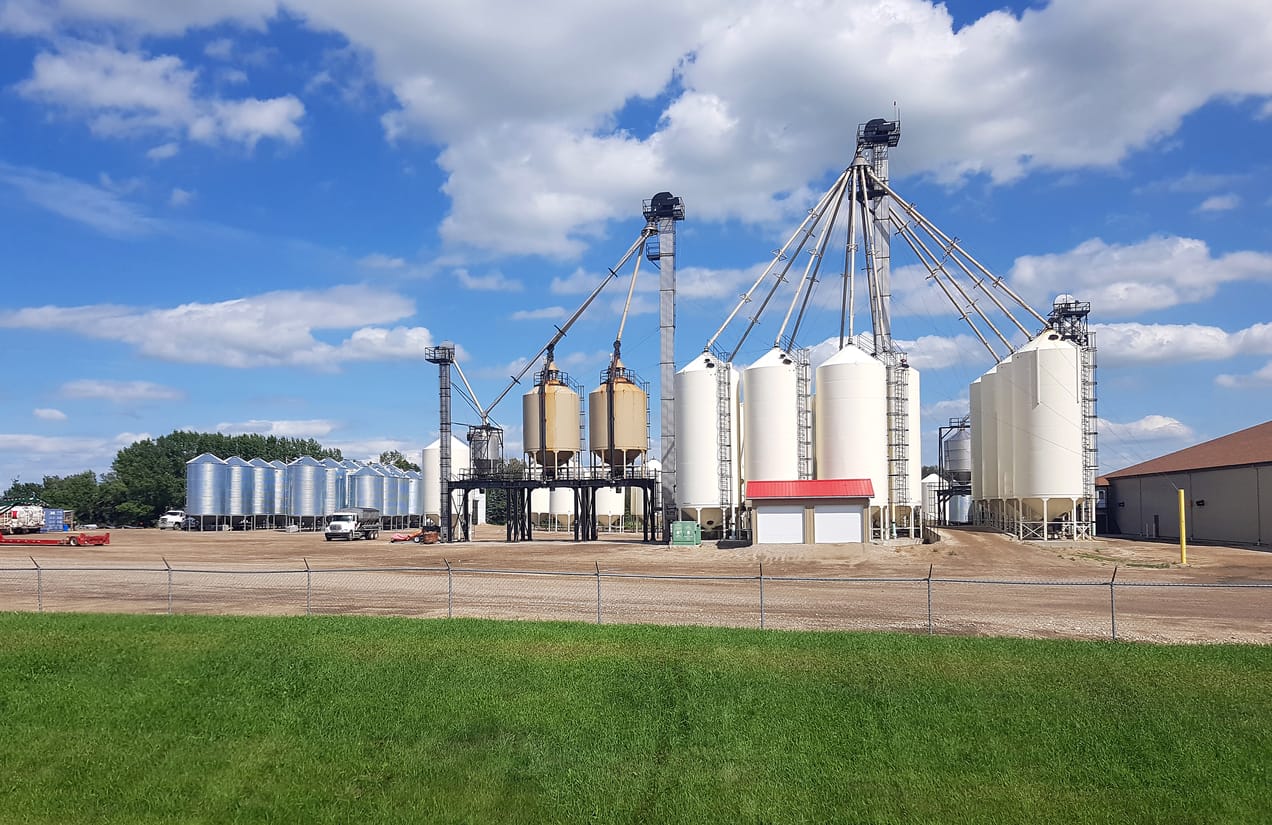
Loading a silo onto a transport vehicle is a crucial step in the process of transporting the structure. To ensure that the silo arrives at its destination safely and without damage, it is important to follow a series of steps to properly prepare and load the structure. In this section, we will examine the steps involved in loading a silo onto a transport vehicle.
The first step in loading a silo onto a transport vehicle is to prepare the structure for loading. This includes cleaning the interior and exterior of the silo, as well as disconnecting any utilities that may be attached to the structure. The silo must be thoroughly cleaned to remove any debris or material that could shift during transport, potentially damaging the structure or causing a safety hazard. Disconnecting any utilities, such as electrical or plumbing connections, is also important to ensure that these systems do not become damaged during transport.
Once the silo has been prepared for loading, the next step is to properly position the structure onto the transport vehicle. This typically involves the use of cranes or other lifting equipment to carefully lift the silo and position it onto the transport vehicle. It is important to ensure that the silo is level and balanced during the lifting and positioning process to prevent any damage to the structure or the transport vehicle.
After the silo has been positioned onto the transport vehicle, the final step is to properly secure the structure for transport. This typically involves the use of chains or straps to anchor the silo to the transport vehicle and prevent it from shifting or tipping during transit. It is important to use the appropriate equipment and techniques to secure the silo, as failure to do so could result in damage to the structure or the transport vehicle, or create a safety hazard on the road.
Loading a silo onto a transport vehicle requires careful preparation, positioning, and securing of the structure. By following a series of steps to properly prepare and load the silo, businesses can ensure that their structures arrive at their destination safely and without incident. Proper loading techniques can help to minimize the risk of damage to the structure or the transport vehicle and prevent safety hazards on the road.
- Preparation is key to loading a silo onto a transport vehicle, including cleaning the structure and disconnecting utilities.
- Lifting equipment such as cranes is needed to properly position the silo onto the transport vehicle, ensuring that it is level and balanced.
- Securing the silo with chains or straps is the final step to prevent shifting or tipping during transport.
- Proper loading techniques are important to prevent damage to the silo or transport vehicle, as well as ensure safety on the road.
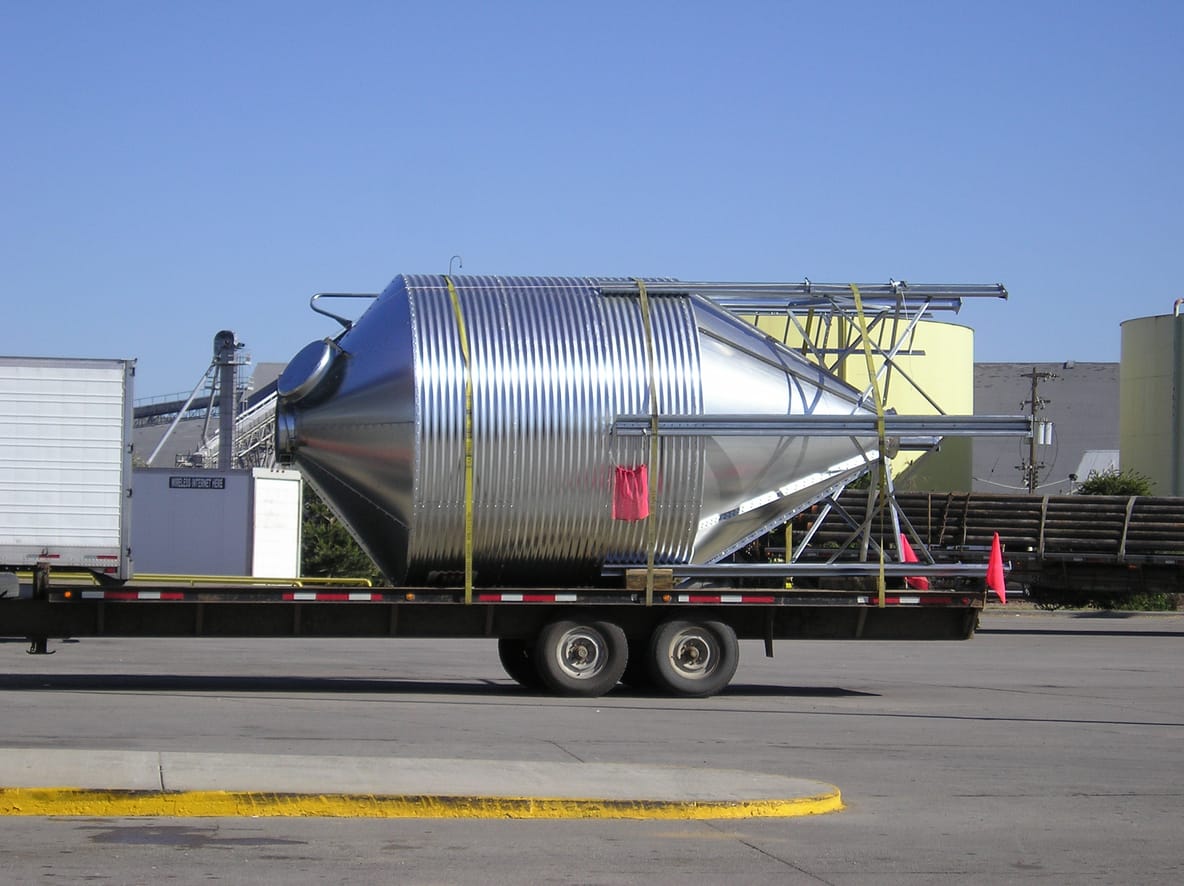
Transporting a silo is a complex process that requires careful planning, preparation, and execution. Once the silo has been loaded onto the transport vehicle, the next step is to safely transport the structure to its destination. In this section, we will explore the key considerations involved in transporting a silo.
The first and most important consideration when transporting a silo is to maintain a safe speed and follow all traffic regulations. The transport vehicle must be operated in accordance with local and state regulations, including speed limits, weight restrictions, and other rules that apply to the transport of oversized loads. Failure to comply with these regulations could result in fines, legal consequences, or even accidents on the road.
Another important consideration when transporting a silo is monitoring the condition of the structure during transport. This may involve regularly checking the straps or chains that secure the silo to the transport vehicle, as well as monitoring the structure for any signs of shifting or damage. Any issues that are identified must be addressed promptly to prevent further damage to the structure or the transport vehicle.
It is important to be prepared for unexpected issues or delays that may arise during the transport of a silo. This could include traffic congestion, road closures, or other unforeseen obstacles that could impact the transport schedule. Businesses that are transporting a silo must have a plan in place to deal with unexpected issues, such as alternate routes or contingency plans that can be put into action if necessary.
Transporting a silo requires a high level of attention to detail, careful planning, and strict adherence to regulations and safety protocols. By maintaining a safe speed, monitoring the condition of the silo during transport, and being prepared for unexpected issues, businesses can ensure that their silos arrive at their destination safely and without incident. Proper transport techniques can help to minimize the risk of damage to the structure or the transport vehicle and prevent safety hazards on the road.
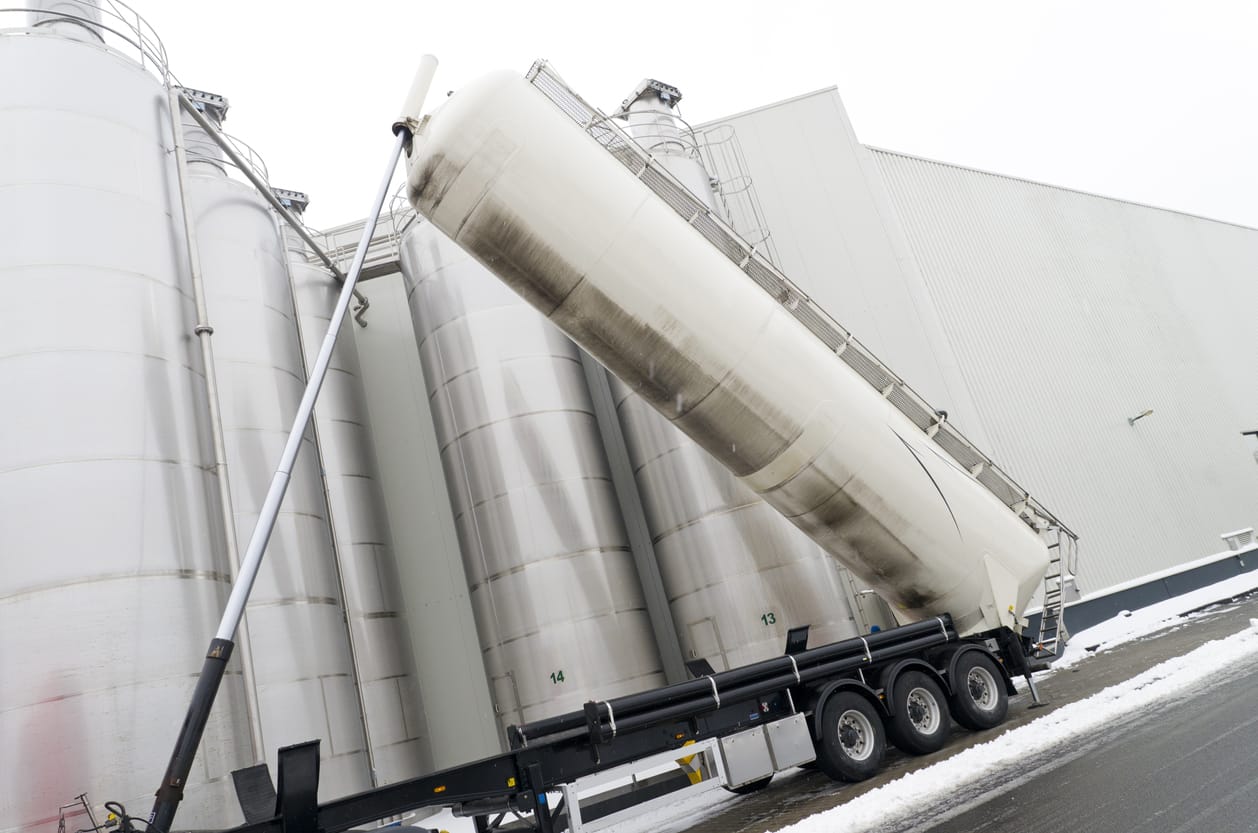
After successfully transporting the silo, the next step is to unload it safely and securely. This involves several critical steps to ensure that the silo is not damaged during the unloading process and that it can be quickly and efficiently reconnected for use. In this section, we will outline the steps involved in unloading the silo, including preparing the unloading site, safely unloading the silo from the transport vehicle, and reconnecting utilities.
Before unloading the silo, it’s essential to prepare the unloading site properly. This involves ensuring that the site meets all necessary requirements for unloading, including being level and stable and having sufficient space for the silo to be safely unloaded. It’s also important to check for any potential hazards, such as overhead power lines, trees, or other obstacles that could interfere with the unloading process.
Once the site has been prepared, it’s time to begin unloading the silo.
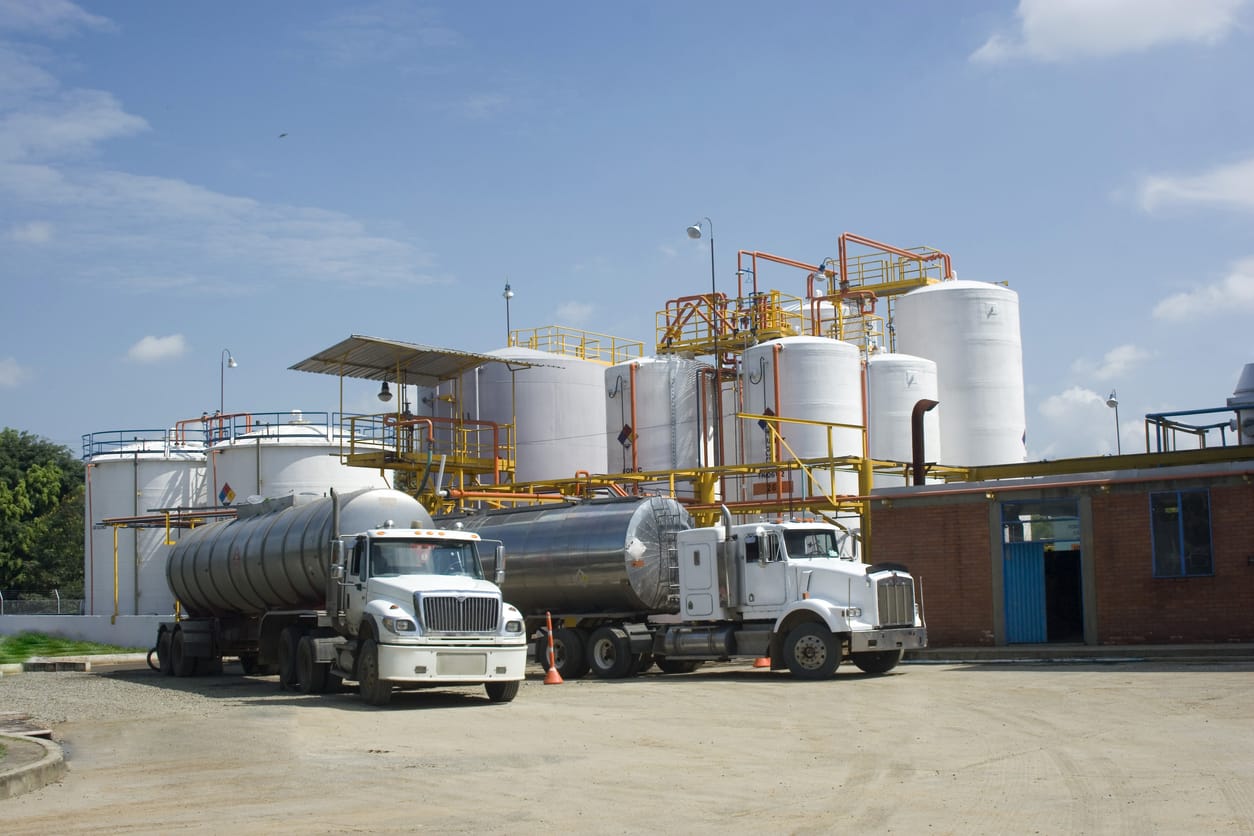
To safely unload the silo from the transport vehicle, the transport vehicle should be positioned as close as possible to the unloading site. If necessary, additional equipment, such as cranes or forklifts, may be required to assist in the unloading process.
The silo should be carefully lowered from the transport vehicle and positioned on the unloading site. This requires careful coordination between the transport crew and the personnel responsible for unloading the silo. The process should be done slowly and carefully, ensuring that the silo remains stable throughout the unloading process.
It’s also essential to inspect the silo carefully for any signs of damage during the unloading process. Any damage should be documented and reported to the appropriate personnel immediately.
Once the silo has been safely unloaded and inspected, it’s time to reconnect utilities and prepare the silo for use. This involves reconnecting any utilities that were disconnected during the loading process, such as electricity, water, or gas lines.
It’s also important to conduct a thorough inspection of the silo before it is put back into service. This includes checking for any damage that may have occurred during transport or unloading, as well as ensuring that all systems are functioning correctly.
Finally, the silo should be tested to ensure that it is fully functional and ready for use. This may involve testing the capacity, pressure, or other critical components of the silo, depending on its intended use.
Unloading a silo safely and efficiently requires careful planning, coordination, and attention to detail. By following the steps outlined in this guide, you can ensure that your silo is safely transported, unloaded, and prepared for use, minimizing the risk of damage or downtime.
- Position the transport vehicle close to the unloading site
- Use additional equipment if necessary (e.g. cranes or forklifts)
- Carefully lower the silo from the transport vehicle and ensure stability during the unloading
- Inspect the silo carefully for damage during unloading and report any damage immediately
- Reconnect utilities (electricity, water, gas lines) and conduct a thorough inspection before use
- Test silo for functionality (capacity, pressure, etc.) before use
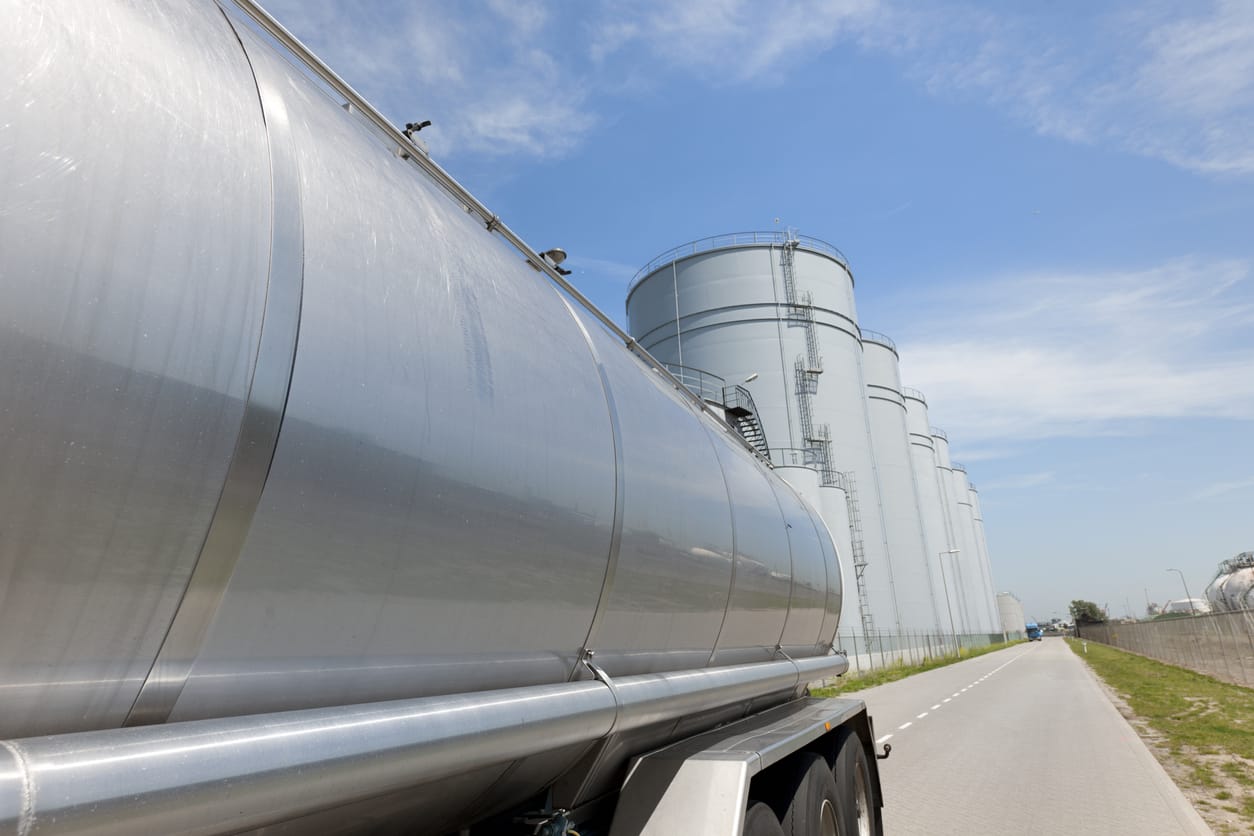
When John, a farmer from Iowa, needed to transport his newly purchased silo to his farm, he knew he needed to find a reliable transportation company that could handle the job. That’s when he discovered ShipACarInc.com (SAC) while researching online about his options.
John reached out to SAC to inquire about their services, and he was pleasantly surprised by their responsiveness and professionalism. The team at SAC took the time to understand John’s specific needs and requirements for the silo transport, and they provided him with a comprehensive quote that included all the necessary services and fees.
Once John accepted the quote, the transport specialist got to work on planning the transport process. An inspection of the silo needed to take place first, making note of its dimensions, weight, and any special requirements for transport. They also worked with John to secure any necessary permits and clearances, and they carefully planned the transport route to avoid any potential obstacles or delays. On the day of the transport, the freight carrier arrived on time with a specialized transport vehicle and equipment designed specifically for silo transport.
The team carefully loaded the silo onto the transport vehicle, taking great care to ensure that it was properly secured and balanced for transport.
During the transport process, SAC provided regular updates to John, keeping him informed of the progress of the transport and any unexpected issues that arose. Also adhered strictly to safety regulations and protocols, maintaining a safe speed and monitoring the silo’s condition throughout the transport.
When they arrived at John’s farm, the team carefully unloaded the silo, ensuring that it was properly positioned and connected to the utilities. They conducted a thorough inspection of the silo to ensure that there was no damage during transport and that it was ready for use.
Overall, John was extremely satisfied with the services provided by Ship A Car and the carrier. He praised our professionalism, responsiveness, and attention to detail, and he felt that they went above and beyond to ensure that his silo transport was a success. Thanks to SAC, John was able to transport his silo safely and efficiently, without any unexpected delays or issues.

Transporting a silo can be a challenging and complex process, but with proper planning and preparation, it can be done safely and efficiently. In this article, we have outlined the key steps involved in transporting a silo, including preparing for transport, loading the silo, transporting the silo, unloading the silo, and preparing the silo for use.
One of the key takeaways from this article is the importance of proper planning and preparation for transporting a silo. This involves conducting a thorough inspection of the silo, securing the necessary permits and clearances, selecting the appropriate transport vehicle and equipment, planning the route, and ensuring that there are no obstacles in the way.
It’s also essential to work with experienced and qualified professionals who can provide guidance and assistance throughout the transport process. This may include engineers, logistics professionals, or transportation specialists who have the necessary expertise and equipment to safely transport your silo.
Finally, it’s crucial to emphasize that transporting a silo requires strict adherence to safety regulations and protocols. This includes maintaining a safe speed, following all traffic regulations, monitoring the silo’s condition during transport, and dealing with unexpected issues or delays.
Transporting a silo can be a complex and challenging process, but with proper planning, preparation, and the help of qualified professionals, it can be done safely and efficiently. We encourage readers to seek professional assistance if needed and to always prioritize safety when transporting a silo.
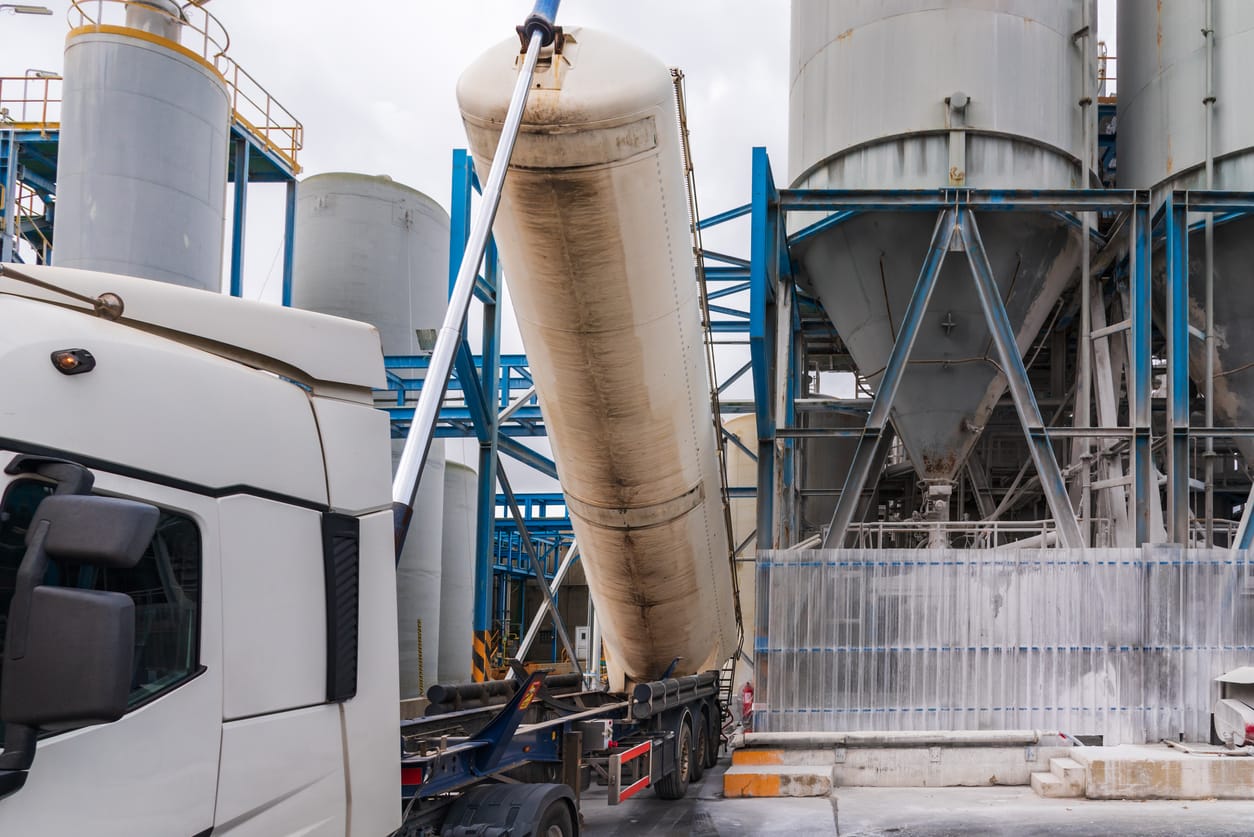
Answer: When transporting a silo, it’s important to consider factors such as the size and weight of the silo, the condition of the roads and bridges along the transport route, the necessary permits and clearances, and the availability of specialized transport vehicles and equipment.
Answer: Yes, you may need to obtain permits from local and state authorities before transporting a silo. These permits may include oversize/overweight permits, utility permits, and special use permits. Working with a qualified transportation company can help ensure that all necessary permits are obtained before transport.
Answer: Transport vehicles and equipment used to transport silos may include flatbed trailers, lowboy trailers, and specialized trailers designed specifically for oversized loads. In addition, specialized equipment such as cranes and forklifts may be used to load and unload the silo from the transport vehicle.
Answer: Ensuring the safety of the silo during transport requires strict adherence to safety regulations and protocols. This includes maintaining a safe speed, following all traffic regulations, monitoring the silo’s condition during transport, and dealing with unexpected issues or delays. Working with experienced and qualified professionals who have the necessary expertise and equipment can help ensure that the silo is transported safely.
Answer: Transporting a silo is a complex and challenging process that requires specialized knowledge and equipment. Attempting to transport a silo on your own can be dangerous and may result in damage to the silo or other property. It’s recommended to hire a qualified transportation company that has experience transporting silos to ensure the safe and efficient transport of your silo.
